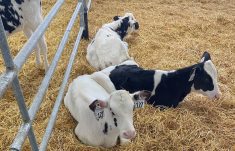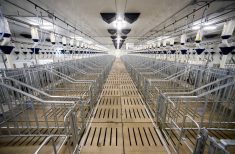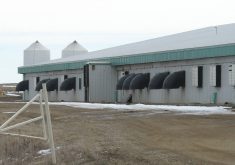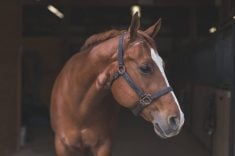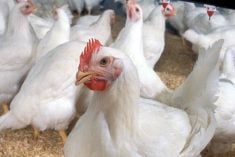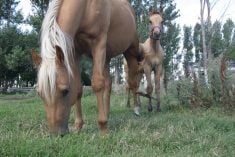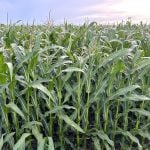Healthy people take good care of animals they’re responsible for, whether they’re pets, or the farm’s livestock, but the reverse is also sadly true.
Those who neglect the welfare needs of their animals, or who outrightly abuse an animal, often have serious psychological problems.
A first-of-its kind conference held in Winnipeg Sept. 26 to 28 drew attendees from both health and agricultural sectors to take a closer look at the linkages between human well-being and animal welfare.
The inaugural International One Welfare Conference attracted international speakers to Winnipeg to present research on a diverse range of topics from hoarding disorders and domestic squalor, to compassion fatigue among veterinarians and the psychology of farmers.
Read Also

Beekeepers want financial protection against tropi mite
Tropilaelaps (tropi) mites haven’t landed in Canada yet; beekeepers want to know they’ll get federal financial help if the deadly bee parasite ever does
Manitoba already has a steering committee made up of representatives from agriculture, labour, health and conservation formed to deal with mainly situations of animal hoarding as they have arisen around the province.
This conference arose out of a realization that those circumstances need multi-agency, holistic approaches, because they involve not just animal welfare but people in distress, said Dr. Richard Rusk, a Manitoba-based physician and veterinarian who co-chaired the event with Dr. Dale Douma, a veterinary public health epidemiologist.
“These are situations where veterinarians will have to go in and deal with animal welfare, but that can be devastating to the person in a situation that has got out of control,” he said. “They may have a health condition that is leading to this.”
Those veterinarians and public health inspectors also don’t necessarily feel prepared to handle the human side of things, he added.
“Social workers tend to be a little more prepared for this, but your average animal health protector is not,” he said. “We felt it was an issue we needed to explore.”
The conference was attended by physicians, public health nurses, health inspectors and mental health professionals but also had a very significant presence of agricultural industry representatives as well. Farm animal welfare was discussed in depth, with speakers underscoring how animal welfare incidents on the farm are also rooted in human difficulties.
A key take-away is the need arising for more resources and appropriate interventions, Rusk said.
“The welfare of people is actually far more linked to the welfare of their pets, or of the animals that they farm, than we appreciate,” he said.
“If we realize and recognize that, then putting resources into animal welfare is important, but also for the care of those animals, putting resources into the wellness of those who are interactive with animals, whether they be farmers or pets is equally as important,” he said.
This conference underscored the need for collaborative ways to make that happen, he said.
Groups like the Prairie Mountain Inter-Agency Hoarding Coalition have been created in western Manitoba to help professionals work collaboratively when intervening in matters related to hoarding and domestic squalor.
The conference’s partnering sponsor was the National Farmed Animal Health and Welfare Council with other sponsors including the Canadian Red Cross, the Public Health Agency of Canada, and multiple agricultural commodity groups.




